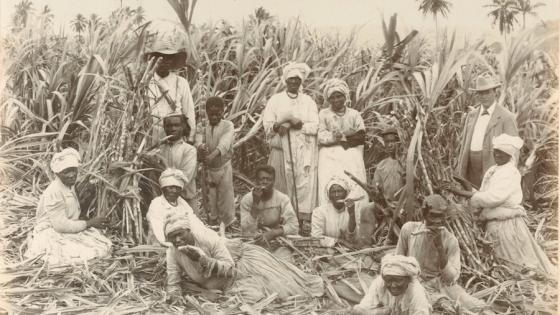DP9197 The Demand for Tobacco in Post-Unification Italy
This paper studies the demand for tobacco products in post-unification Italy. We construct a very detailed panel dataset of yearly consumption in the 69 Italian provinces from 1871 to 1913, and use it to estimate the demand for tobacco products. We find support for the Becker and Murphy (1988) rational addiction model.
We also find that, in the period considered, tobacco was a normal good in Italy: aggregate tobacco consumption increased with income. Subsequently, we consider separately the four types of products which aggregate tobacco comprises (fine-cut tobacco, snuff, cigars, and cigarettes), and tentatively suggest that habit formation was a stronger factor on the persistence of consumption than physical addiction. The paper ends by showing that the introduction of the Bonsack machine in the early 1890s did not coincide with changes in the structure of the demand for tobacco, suggesting cost driven technological change.


